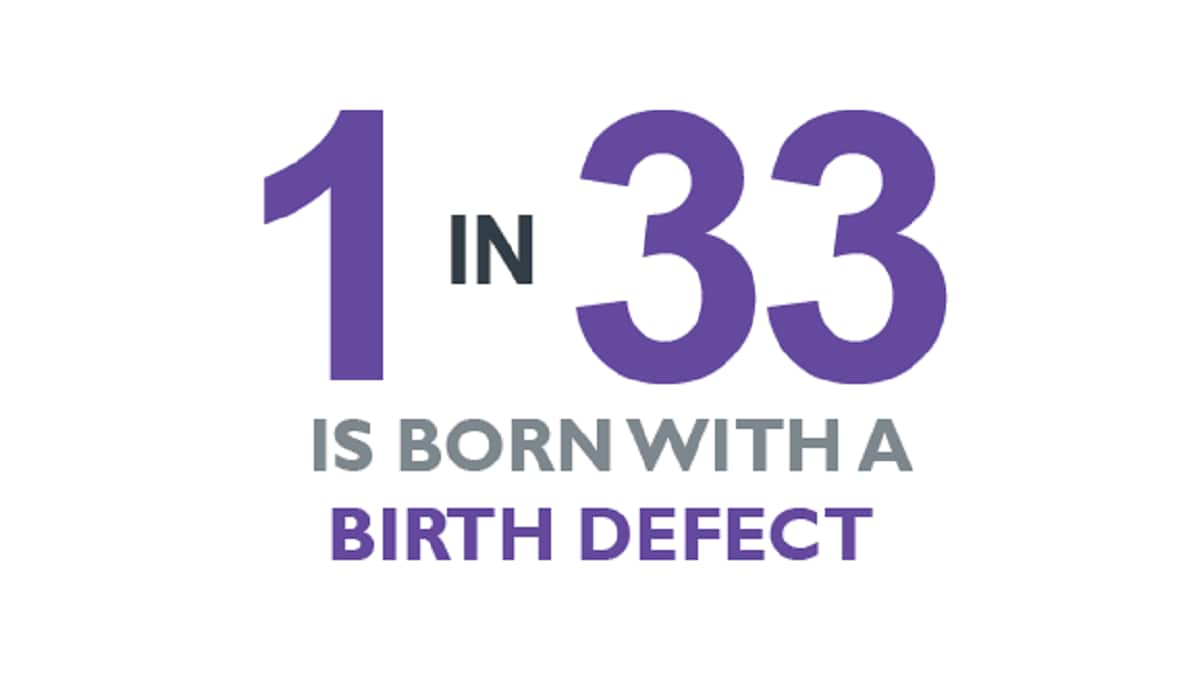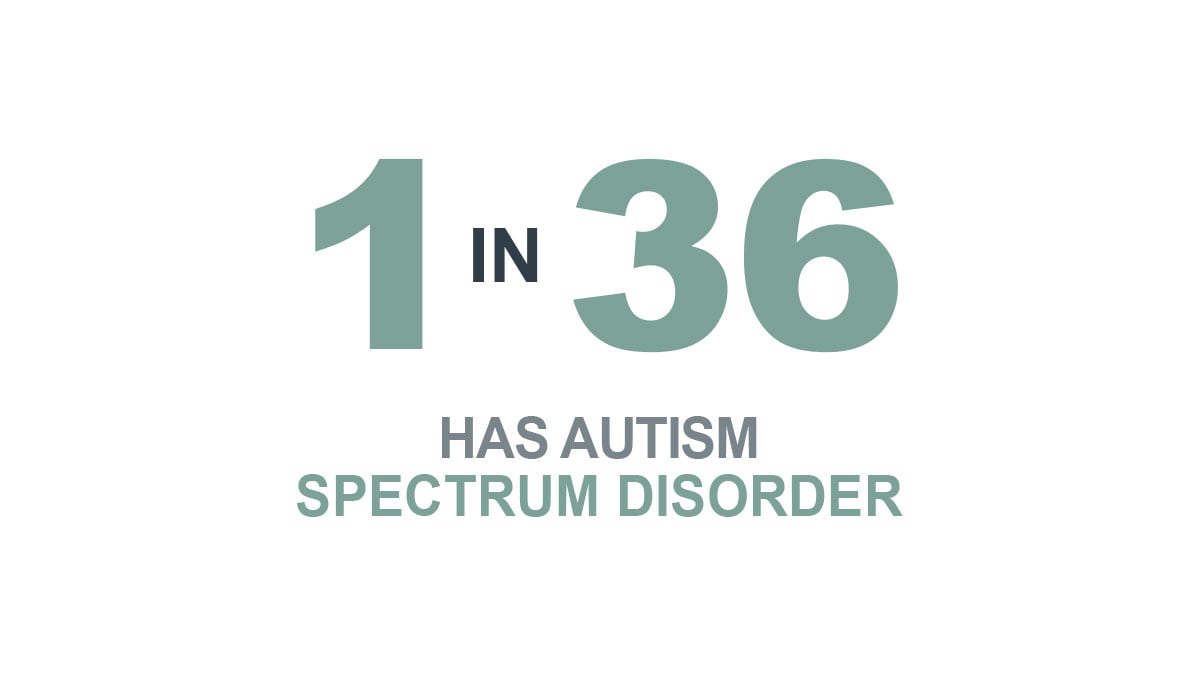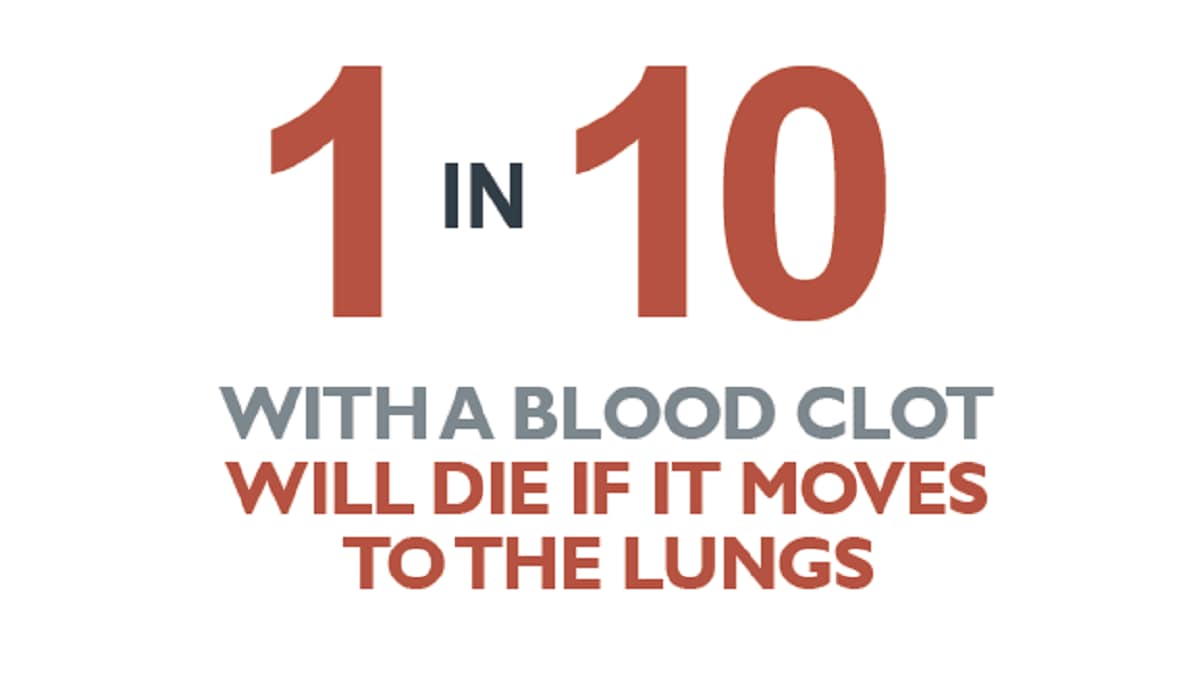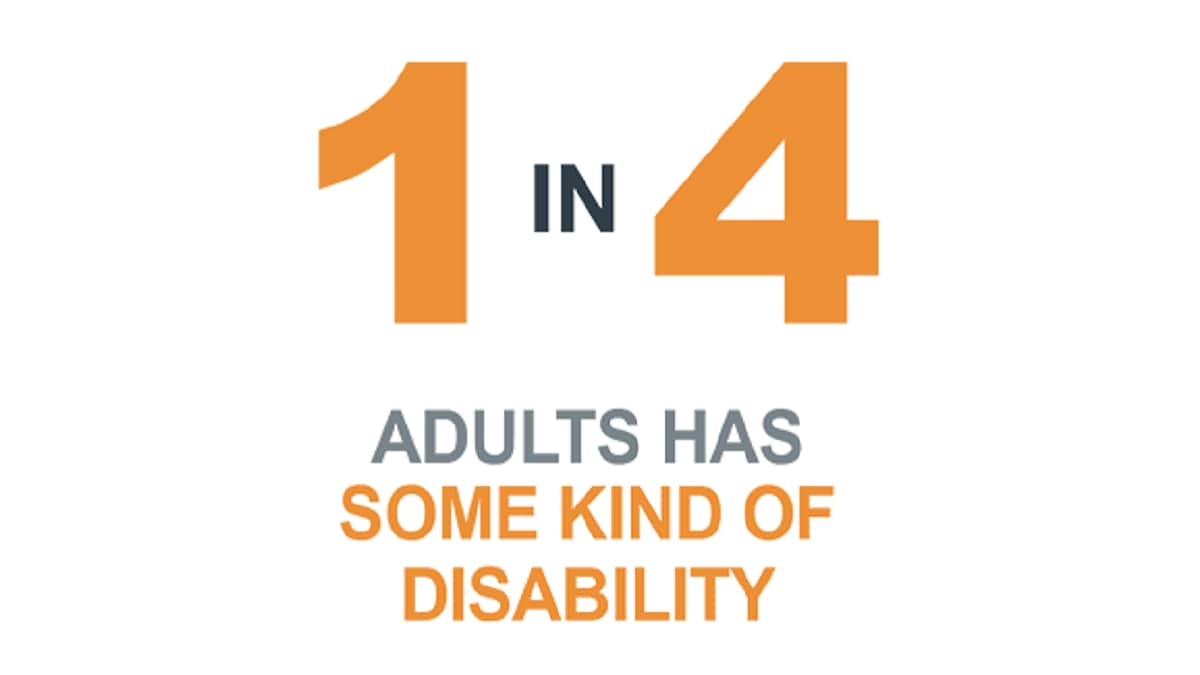What to know
The National Center on Birth Defects and Developmental Disabilities (NCBDDD) strives to advance the health and well-being of the populations we serve.

Our mission
Although our efforts are broad and far-reaching, we have identified four critical Center-level thematic areas:
- Saving babies by studying and addressing the causes of birth defects
- Helping children reach their potential by understanding developmental disabilities
- Protecting people by reducing complications of blood disorders and genetic conditions
- Improving the health of people living with disabilities
Focus
Saving babies by studying and addressing the causes of birth defects

Birth defects are common, costly, and critical. Our unique state-based birth defects tracking and public health research provide a wealth of information that we use to identify causes of birth defects, find opportunities to prevent them, and improve the health of those living with birth defects. Together with states, academic centers, healthcare providers, and other partners, we are working towards a day when all babies are born with the best health possible and every child thrives.
Helping children reach their potential by understanding developmental disabilities

Autism and other developmental disabilities are some of the most significant child health issues facing families and our nation today. We’ve accelerated our search for the causes of autism and ways to address the needs of families and communities. Our tracking system provides an accurate picture of autism across the United States, and we conduct the largest study of its kind to better identify risk factors and causes. Better tracking, research, and improved early identification are leading us to a better understanding of autism and better results for children. These data will drive national, state, and local policy and planning activities to help children and their families get the help and support they need.
Protecting people by reducing complications of blood disorders and genetic conditions

Blood disorders affect millions of people each year in the United States, cutting across the boundaries of age, race, sex, and socioeconomic status. With proper preventive actions and early intervention, many of these disorders and their complications could be eliminated. We are dedicated to helping people with blood disorders by contributing to a better understanding of blood disorders and their complications; working to develop, implement and evaluate prevention programs; helping consumers and health care providers get the information that they need; and encouraging action to improve the quality of life for people living with or affected by these conditions.
Improving the health of people living with disabilities

People with disabilities need health care and health programs for the same reasons anyone else does – to stay well, active, and a part of the community. We work to make sure that no one is left behind; that people of all different abilities are able to live their life to the fullest. When children and adults with disabilities receive needed programs, services, and health care they can have an improved quality of life and experience independence. We want to make every person count and are committed to equity in health of people with disabilities at every stage of life.
